

AlmightySnoo 🐢🇮🇱🇺🇦
Yoko, Shinobu ni, eto… 🤔
עַם יִשְׂרָאֵל חַי Slava Ukraini 🇺🇦 ❤️ 🇮🇱
- 67 Posts
- 233 Comments

 English
English- •
- www.theverge.com
- •
- 2Y
- •

 English
English- •
- www.androidauthority.com
- •
- 2Y
- •

 English
English- •
- www.androidpolice.com
- •
- 2Y
- •
Side Of Burritos made an unboxing video + GrapheneOS test of the Pixel Tablet: https://youtube.com/watch?v=jfbz1RzSJh4
This was 7 months ago so you should assume that GrapheneOS got even better now.

 English
English- •
- files.catbox.moe
- •
- 2Y
- •

 English
English- •
- www.gsmarena.com
- •
- 2Y
- •

 English
English- •
- 2Y
- •
If you like chess puzzles: https://f-droid.org/en/packages/jwtc.android.chess/
It’s a full-featured chess app, but what’s nice about it is that it’s also got a large amount of short chess puzzles that are available offline (unlike lichess).

 English
English- •
- www.zdnet.com
- •
- 2Y
- •

 English
English- •
- 2Y
- •

 English
English- •
- www.smh.com.au
- •
- 2Y
- •

 English
English- •
- blog.mozilla.org
- •
- 2Y
- •

 English
English- •
- blog.google
- •
- 2Y
- •

 English
English- •
- www.msspalert.com
- •
- 2Y
- •

 English
English- •
- www.gsmarena.com
- •
- 2Y
- •
Not sure if this fits your category but here are a few FOSS apps I have:
- SuperImage for upscaling locally using your phone’s GPU;
- Image Toolbox to convert, crop, resize, do background removal (by hand though, so nothing fancy like Magic Eraser), apply a bunch of filters, draw on a sketchbook, encrypt any(!) file, edit/remove EXIF data, pick colors, compare two images with a slider, generate a palette from an image;
- Squawker to follow (without an account) multiple Twitter/X accounts as if they were RSS feeds with the ability to group them (cool when you’re trading and need a bunch of news sources grouped by sector, but it depends on Elon not messing around with the Twitter layout again as otherwise Squawker will also need to be updated);
- Quillpad for Markdown note taking.
Again, thanks a lot Margot for the awesome community threads!
I’m pretty new myself to emulation on Android so I was pretty intrigued when I got introduced to PPSSPP, a FOSS PSP emulator that’s available for Android. I didn’t pay attention in the beginning and Obtainium was pulling an 8 years old version (as the author isn’t hosting Android builds on his GitHub anymore, they’re hosted elsewhere), but surprisingly it worked amazingly well on my Pixel 7a with Android 14 despite being based on the old OpenGL backend (while the new versions come by default with the Vulkan backend enabled). Installing it from the Play Store gets you the latest version.
What I like the most is how easy it is to combine different shaders and have a live preview of the result:
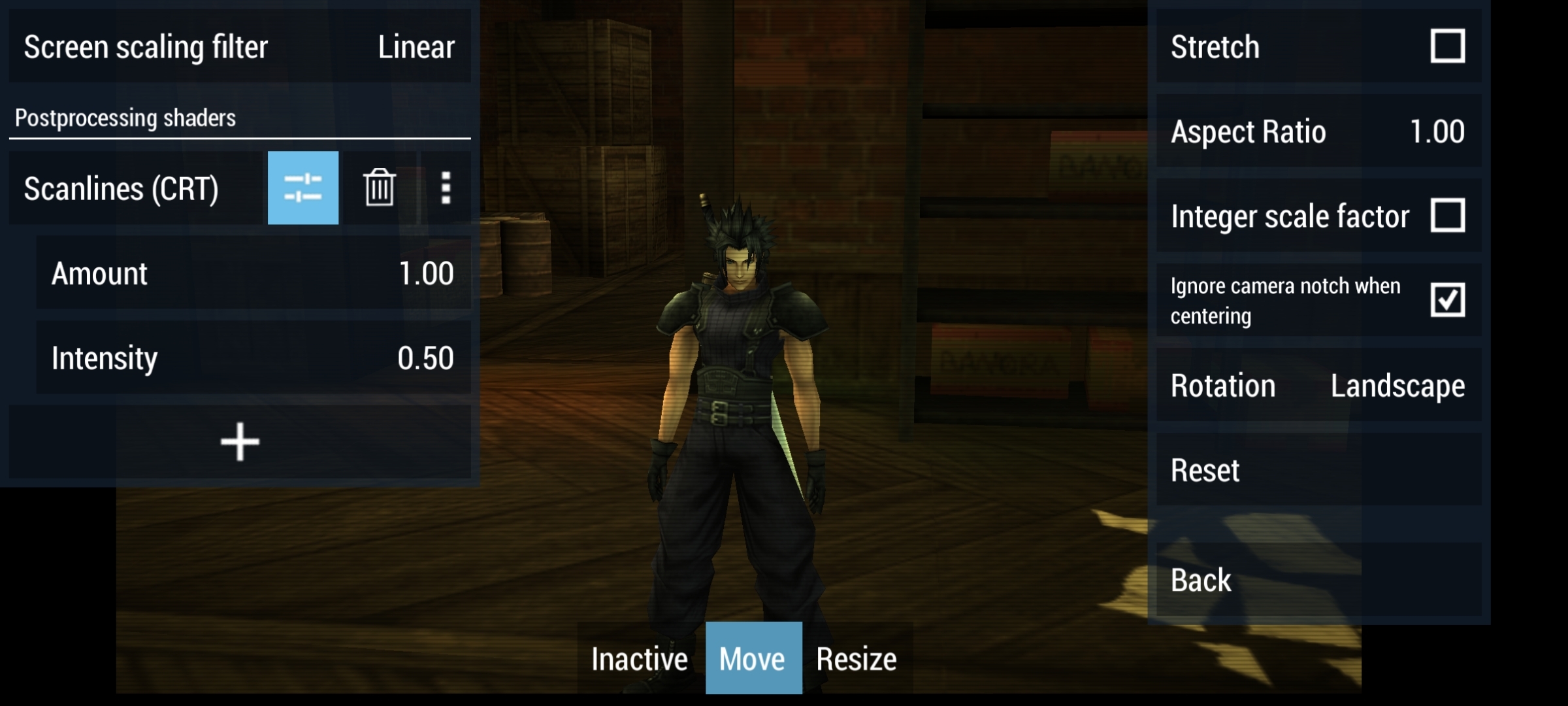
Right now I’m still (re)playing around with Crisis Core: FF VII and haven’t found a good combination of shaders and haven’t gotten much luck with upscaling shaders yet, but the CRT lines shader looks cool so far. Maybe someone more experienced with PPSSPP has some suggestions?
Also, I ended up buying the Gamesir X2 USB-C controller and it works perfectly with PPSSPP, those ugly on-screen controls are no more and the phone feels now like a real handheld console.


You’re responding to someone frequenting !conservative and who obviously is projecting as he, like the vast majority of conservatives, always sweep under the rug things like Christian family members and priests molesting children and at the same time claim to be against the “grooming” of children. He’s talking about “horny teenage boys” because that’s exactly how he sees kids and also himself.


You’re right now on a server whose back-end is developed mainly by two commies, and whose admins are also commies (lemmy.ml).


Pro-tip: use NewPipe and you’ll never want to go back. You can install it from F-Droid.

 English
English- •
- 9to5google.com
- •
- 2Y
- •


It’s obviously not your fault as that’s the state of Mastodon <=> Lemmy federation right now and this is how threads appear on our end:

And don’t worry you’re in the right community 😁 (assuming you didn’t indeed look for an official one managed by Google as that doesn’t exist)
As for your question, I don’t know about that process, but a quick Google search yields this source file: https://android.googlesource.com/platform/packages/services/Telephony/+/master/src/com/android/phone/vvm/RemoteVvmTaskManager.java
and when you scroll further down there’s this comment that explains its purpose:
Service to manage tasks issued to the {@link VisualVoicemailService}. This service will bind to the default dialer on a visual voicemail event if it implements the VisualVoicemailService. The service will hold all resource for the VisualVoicemailService until {@link VisualVoicemailService.VisualVoicemailTask#finish()} has been called on all issued tasks.
If the service is already running it will be reused for new events. The service will stop itself after all events are handled.
And here’s the doc entry for Visual Voicemail: https://source.android.com/docs/core/permissions/voicemail
tl;dr: It’s not suspicious, it’s part of the Android OS.


Interesting, OsmAnd seems to have it as a paid plugin: https://osmand.net/docs/user/plugins/weather/


I never felt comfortable spending significantly over $500 on a phone despite easily affording it, so I’m mostly limiting myself to mid-range phones (though my Pixel 7a doesn’t feel mid-range at all and I’m very happy with it). But if I had to pick a $700+ phone, I’d pick something that has a track record of providing good software support and future-proof hardware.
The Asus Zenfone 10 has amazing hardware, the form factor is perfect, but the latest shenanigans around bootloader unlocking and Asus abandoning the Zenfone lineup (https://9to5google.com/2023/08/26/asus-zenfone-series-ending-report/), adding to my personal experience with an Asus Zenfone and the almost nonexistent software updates that led to my phone being obsoleted within 2 years as it just kept rebooting randomly, all lead me to cross that brand from the list.
The Fairphone 5 looks really good, but to be honest, it’s technically a mid-range priced like a high-end phone. Its Qualcomm QCM6490 is a 2 years old 6nm SoC that’s ranked between the Qualcomm 860 and the Exynos 1080 in Geekbench, a bit near the Snapdragon 782G, which in other words means that the Fairphone 5 should feel like a OnePlus Nord CE 3 5G in terms of performance. But obviously here you’re paying more for fairness and sustainability (though it gets a bit contradicted by their removal of the audio jack).
I’d wait for October 4th to finally confirm the specs, but from what’s leaked right now (see https://lemmy.world/comment/3775773) the Pixel 8 Pro looks really good and has some future-proofing (Wi-Fi 7, 7 years of software updates) which makes it conceivable to keep such a phone for 5+ years, especially as they’re making parts available through iFixit (though it’s obviously not as easy to open as a Fairphone). For me personally it ticks most of the boxes.


You may want to take a look at this repairability thread from a month ago: https://lemmy.world/post/3213947.
A Fairphone is obviously the best candidate here, as you can replace pretty much everything on it. The Pixel starting from the 8 series is also surprisingly becoming interesting in this category thanks to the 7 years of software updates.
I prefer open-source apps (very happy currently with Voyager, see [email protected]), but huge respect for the fair pricing!



 English
English- •
- 2Y
- •

 English
English- •
- www.androidauthority.com
- •
- 2Y
- •


They centered their UI marketing around water:
Aquamorphic Design uses the overarching inspiration of water to blend innovation, adaptability to changes, and intrinsic simplicity into its OS design.
(https://ifdesign.com/en/winner-ranking/project/aquamorphic-design/570747)
Maybe there’s some cultural aspect to it that gets lost in translation (and those slides do look machine translated), but I find most Chinese marketing to be really hilarious. I really hope to get an explanation one day as to why marketing is the way it is in China.


Just guessing here, but maybe they just mean “their” feature where they use some internal storage as a swap file or partition and then call it “RAM expansion” or “virtual RAM”, and this time they probably decided to call it “big RAM”. But that thing is already natively supported by Android since it’s based on Linux anyway, it’s just that most phone manufacturers don’t use it for different reasons (could accelerate wear on the internal storage).

 English
English- •
- www.androidpolice.com
- •
- 2Y
- •
My first Android phone was a Samsung Galaxy S, and the main reason I picked it back then was that some apps, mainly Anki, were free on Android but you had to pay for them on iOS (even when both are from the same open-source project), and I thought it would be cool to be able to go through my flashcards during my commutes. Oh and you could remove the back cover and easily replace the battery on that one.

 English
English- •
- 2Y
- •

 English
English- •
- www.androidpolice.com
- •
- 2Y
- •

 English
English- •
- inv.tux.pizza
- •
- 2Y
- •

 English
English- •
- inv.zzls.xyz
- •
- 2Y
- •

 English
English- •
- www.theverge.com
- •
- 2Y
- •

 English
English- •
- 2Y
- •

 English
English- •
- 2Y
- •

 English
English- •
- lemmy.world
- •
- 2Y
- •

 English
English- •
- www.wsj.com
- •
- 2Y
- •

 English
English- •
- www.gsmarena.com
- •
- 2Y
- •

 English
English- •
- lemmy.world
- •
- 2Y
- •

 English
English- •
- nitter.net
- •
- 2Y
- •

 English
English- •
- www.androidpolice.com
- •
- 2Y
- •

 English
English- •
- pixel.tchncs.de
- •
- 2Y
- •

 English
English- •
- lemmy.world
- •
- 2Y
- •

 English
English- •
- www.androidauthority.com
- •
- 2Y
- •

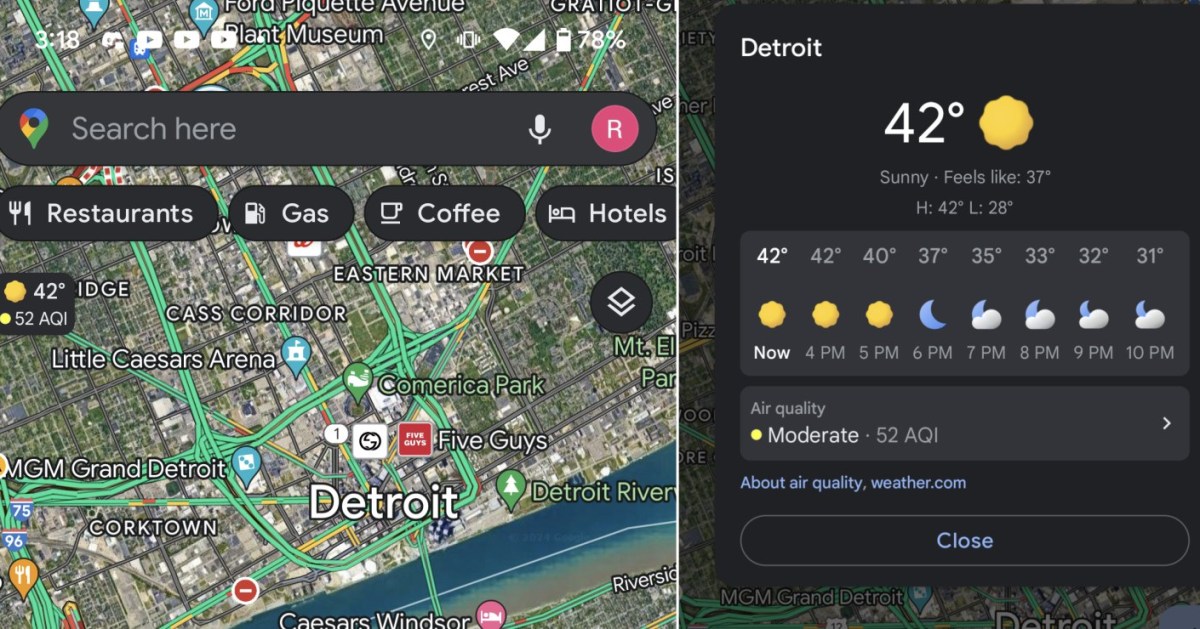
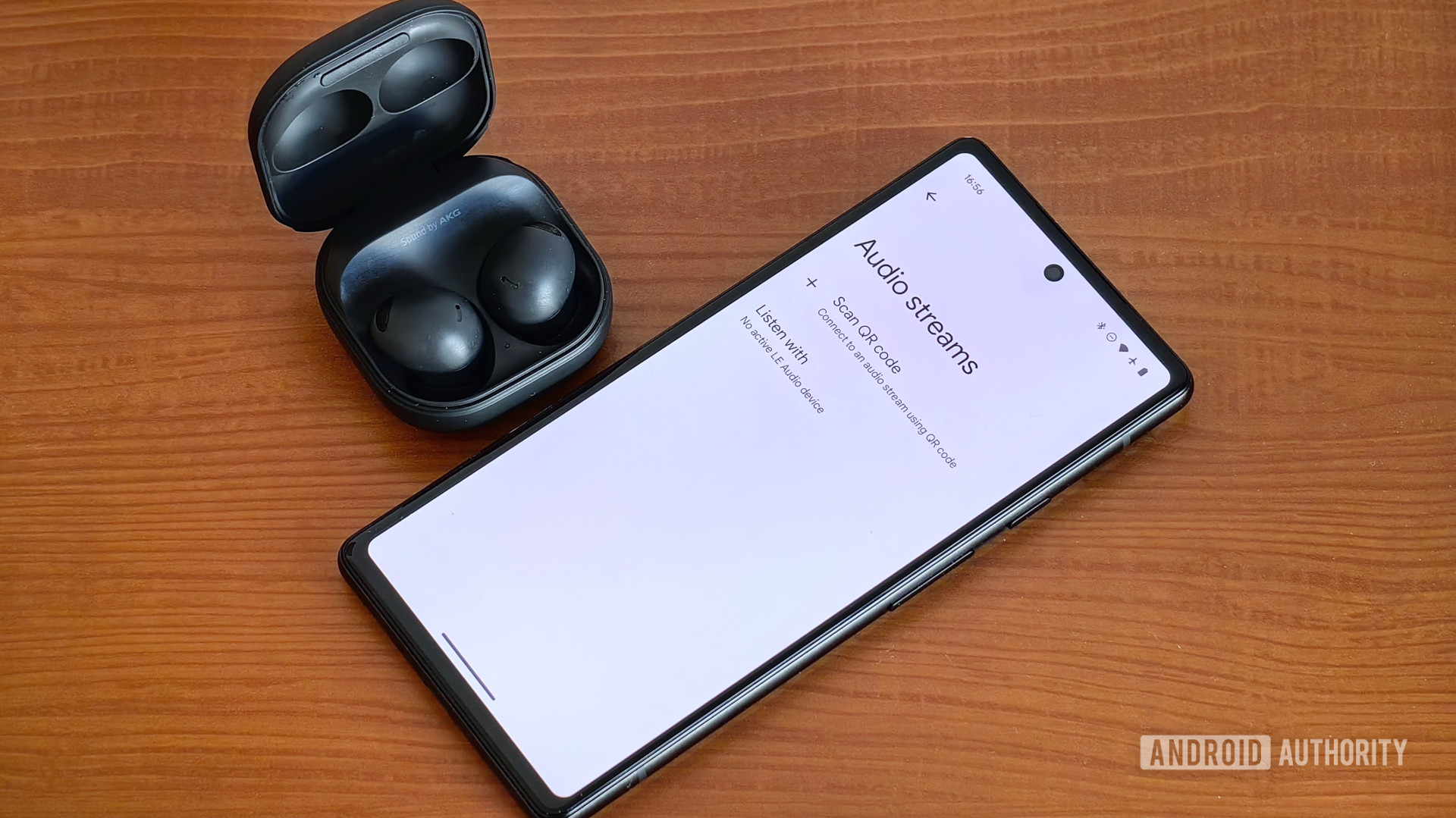
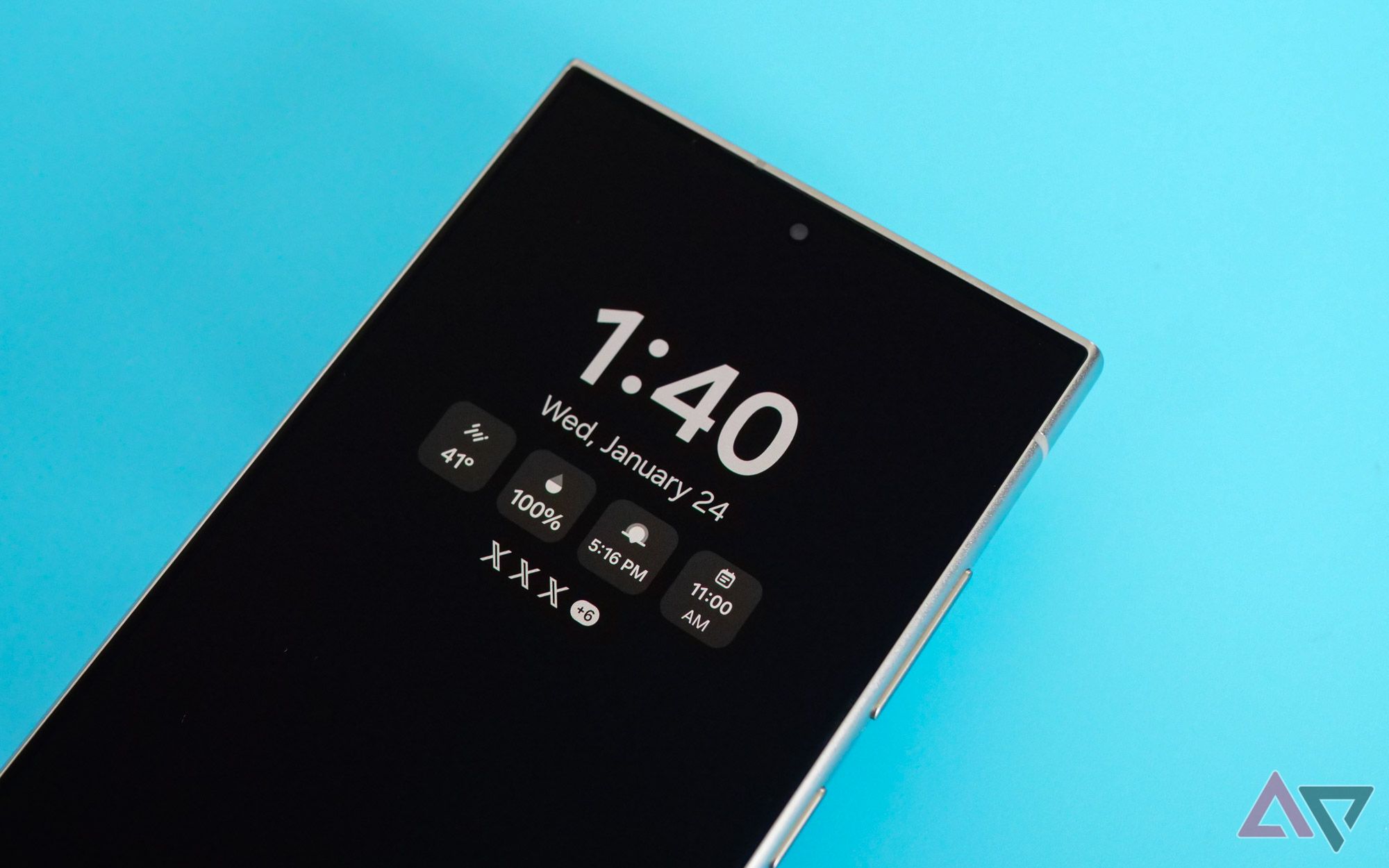

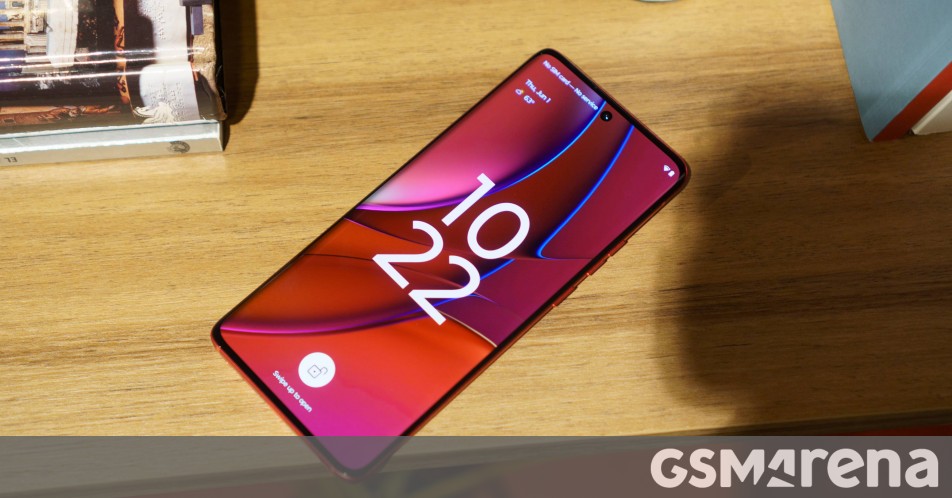

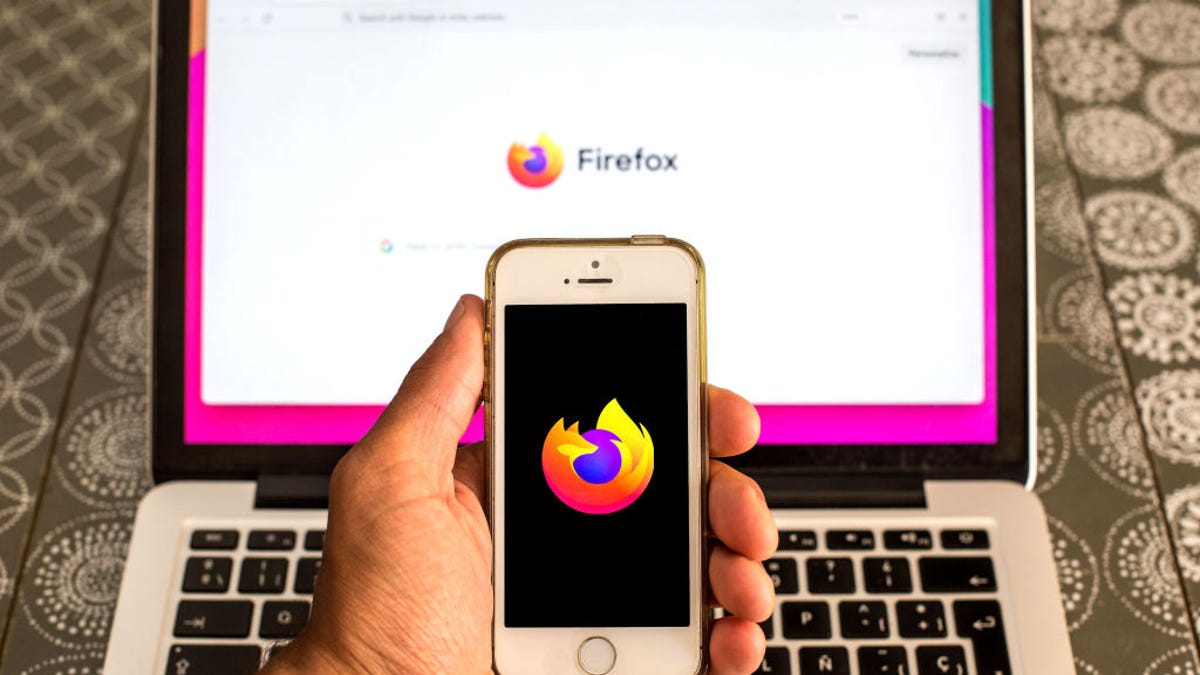
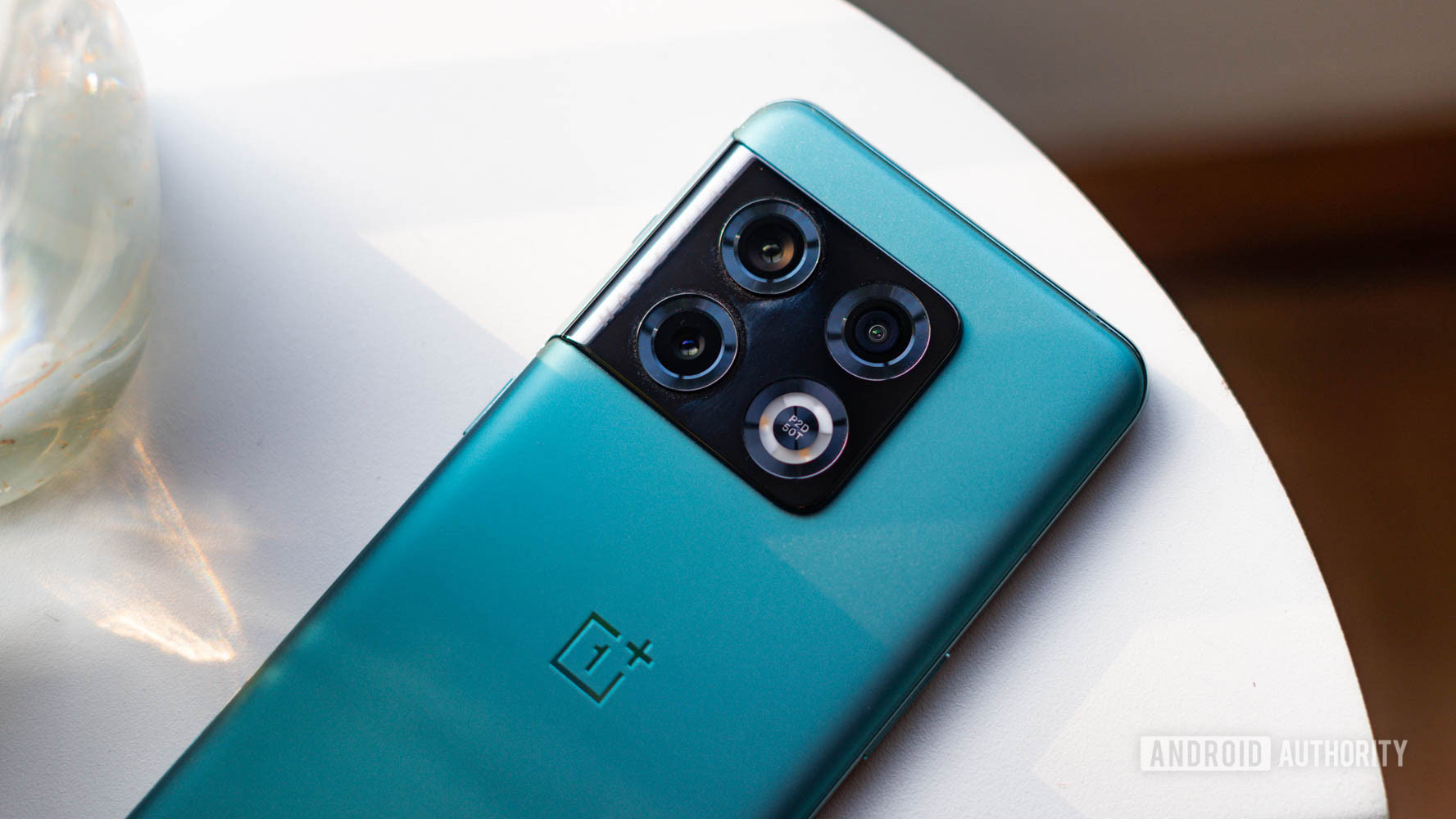
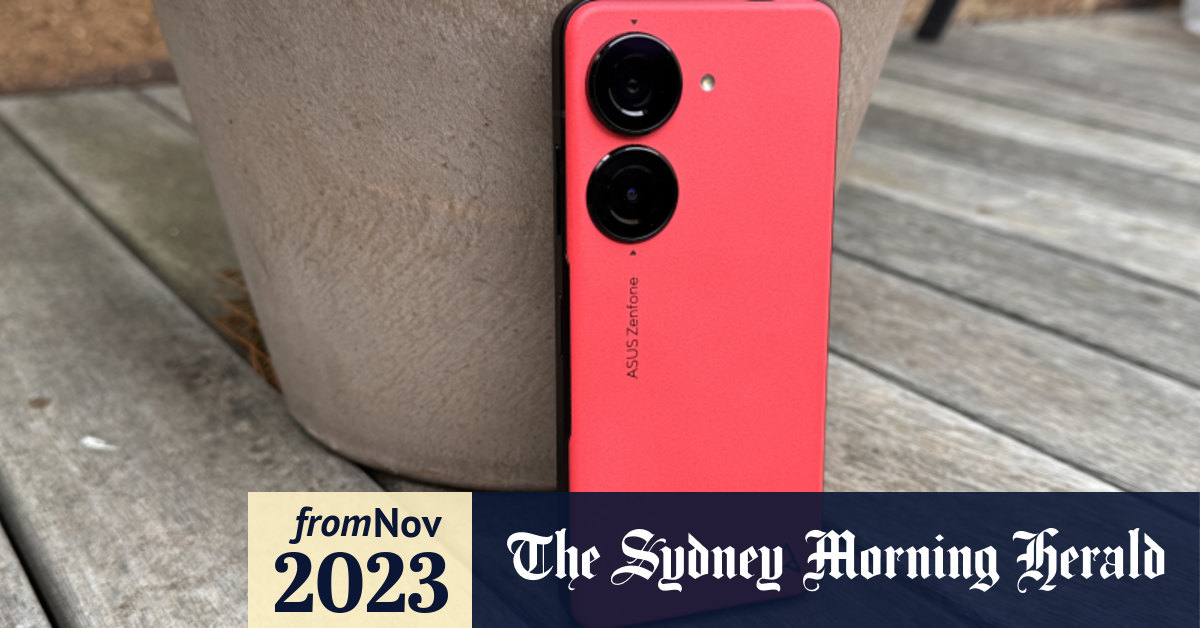

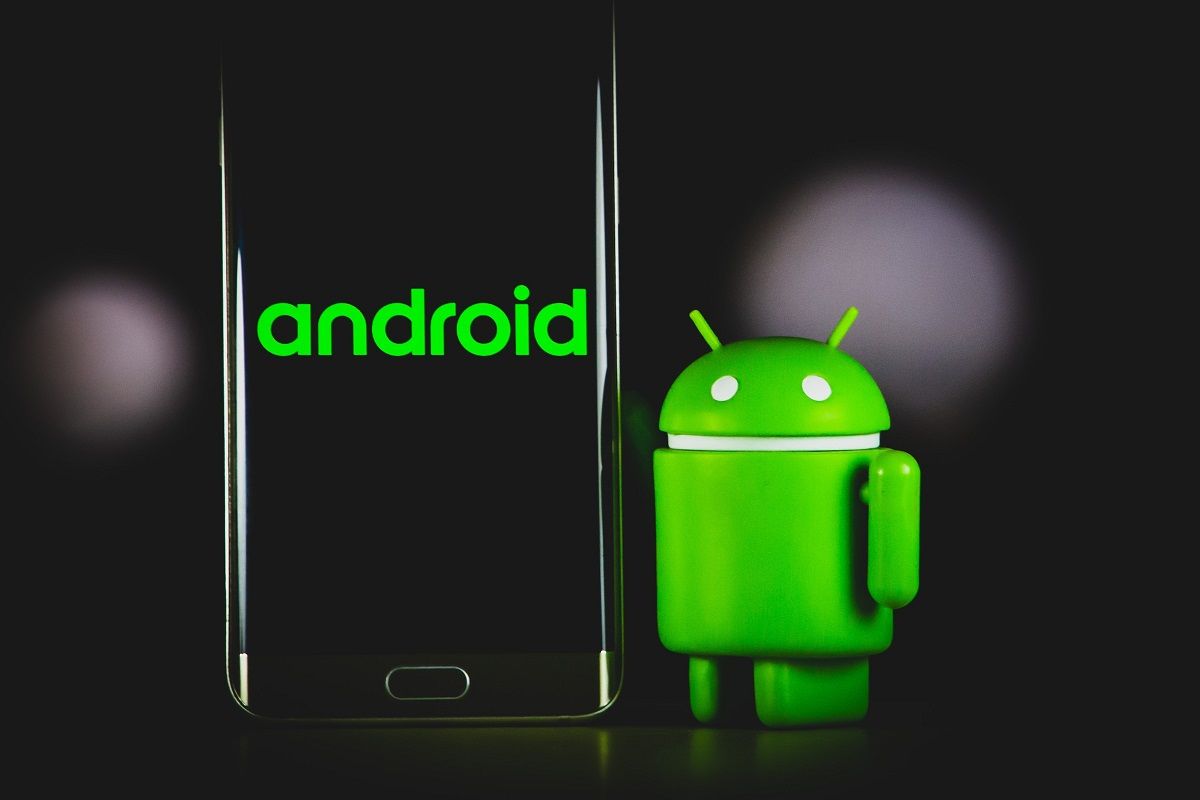
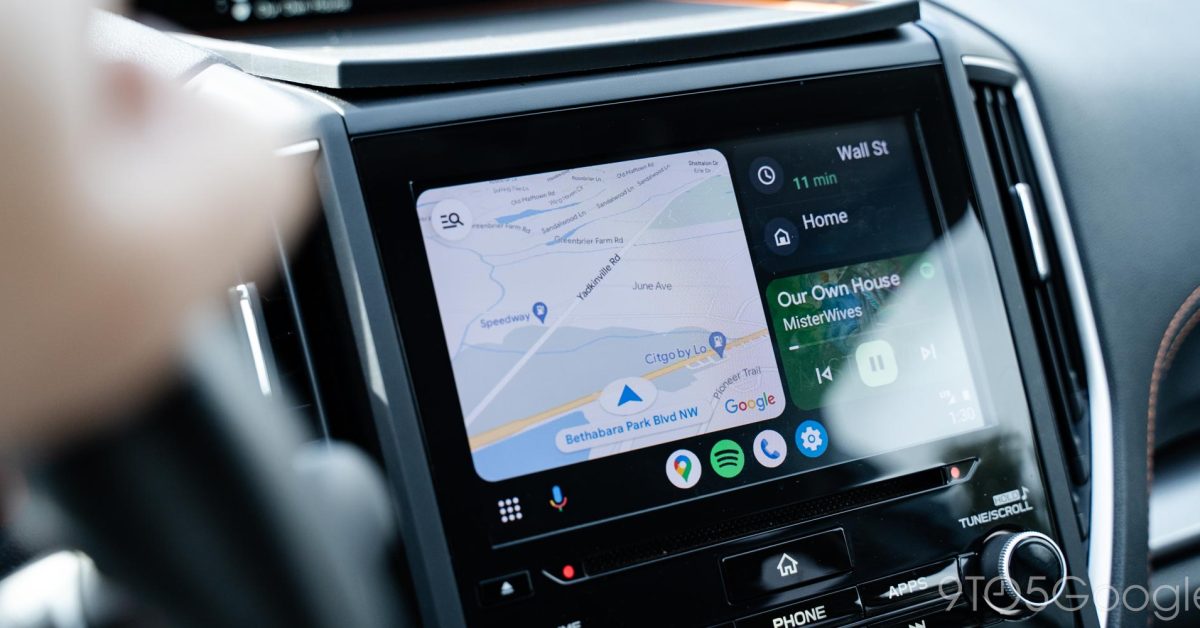

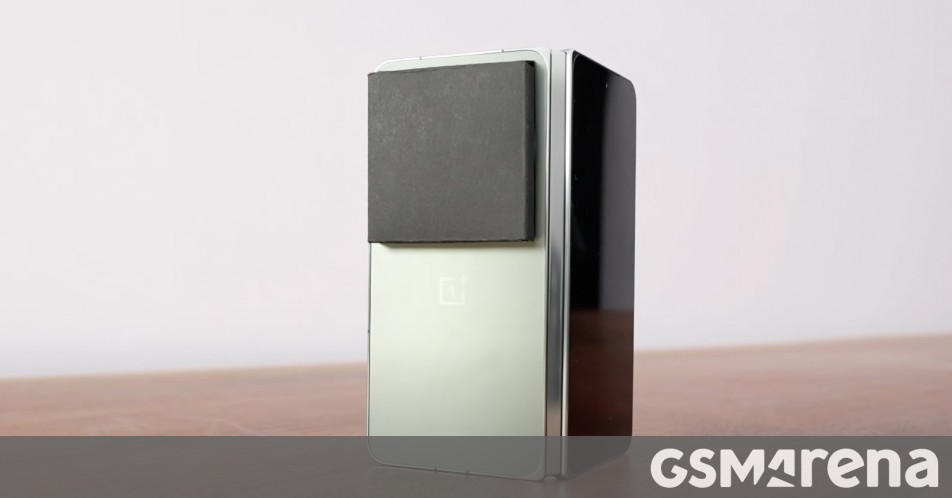


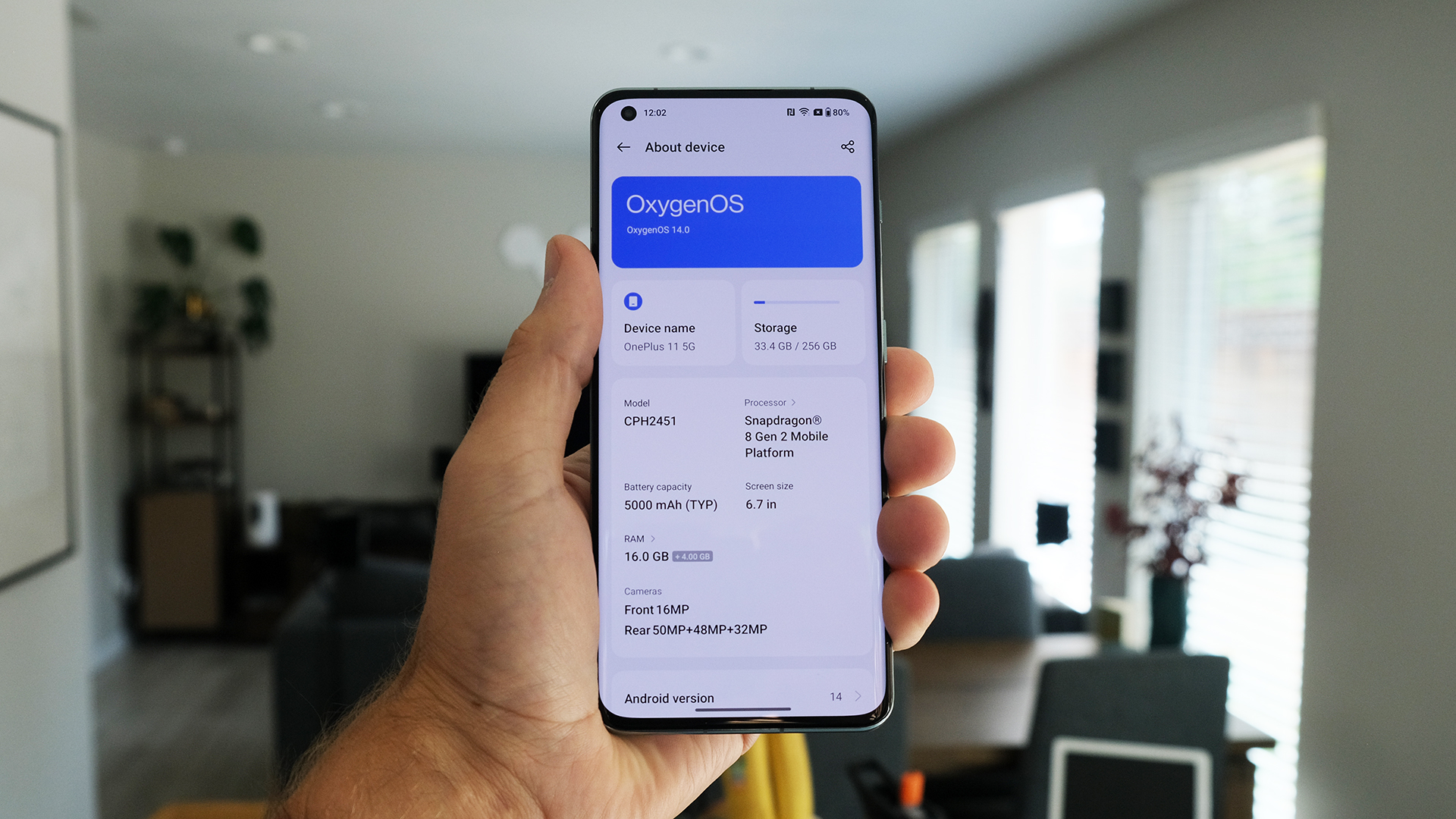
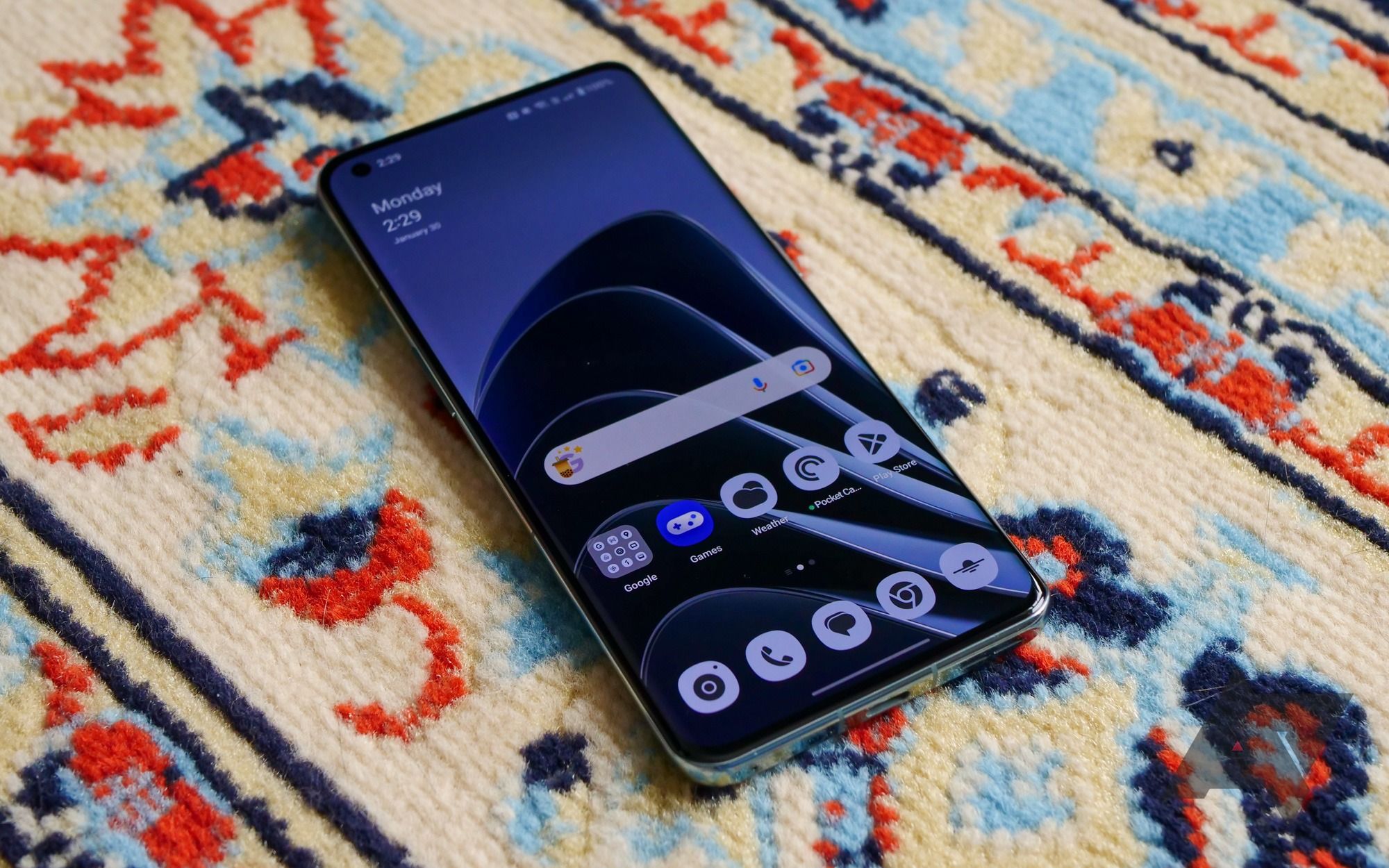
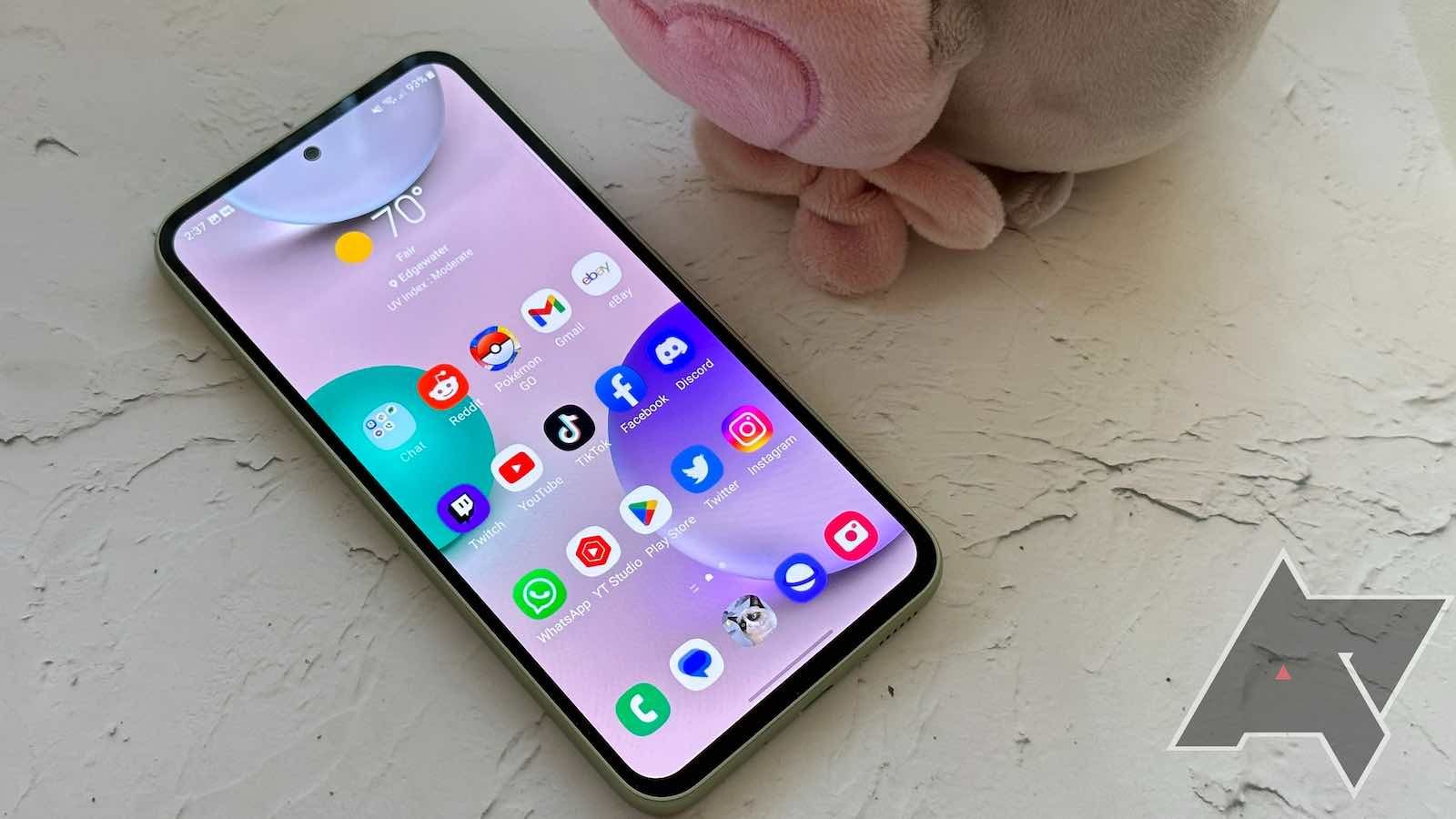







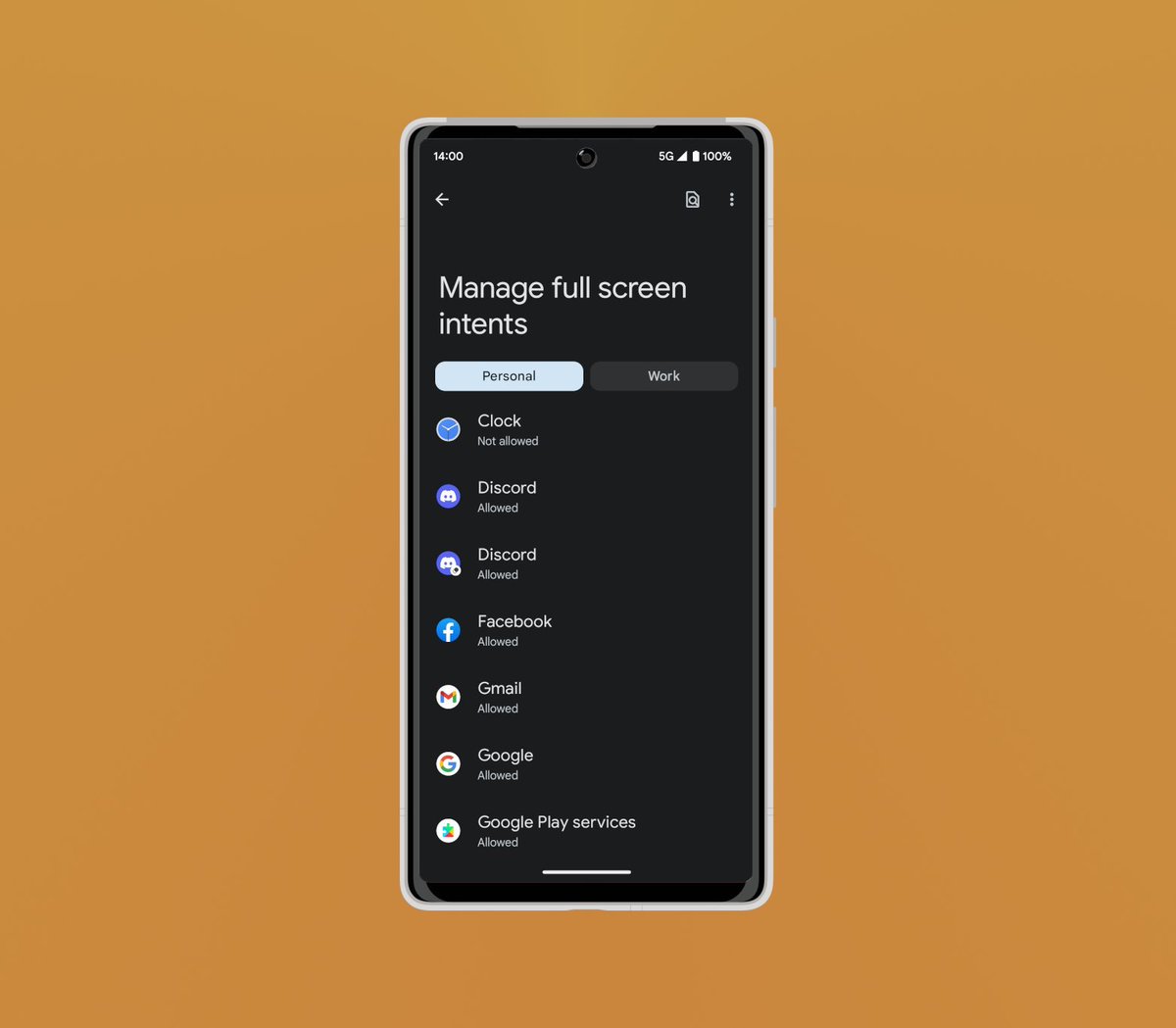
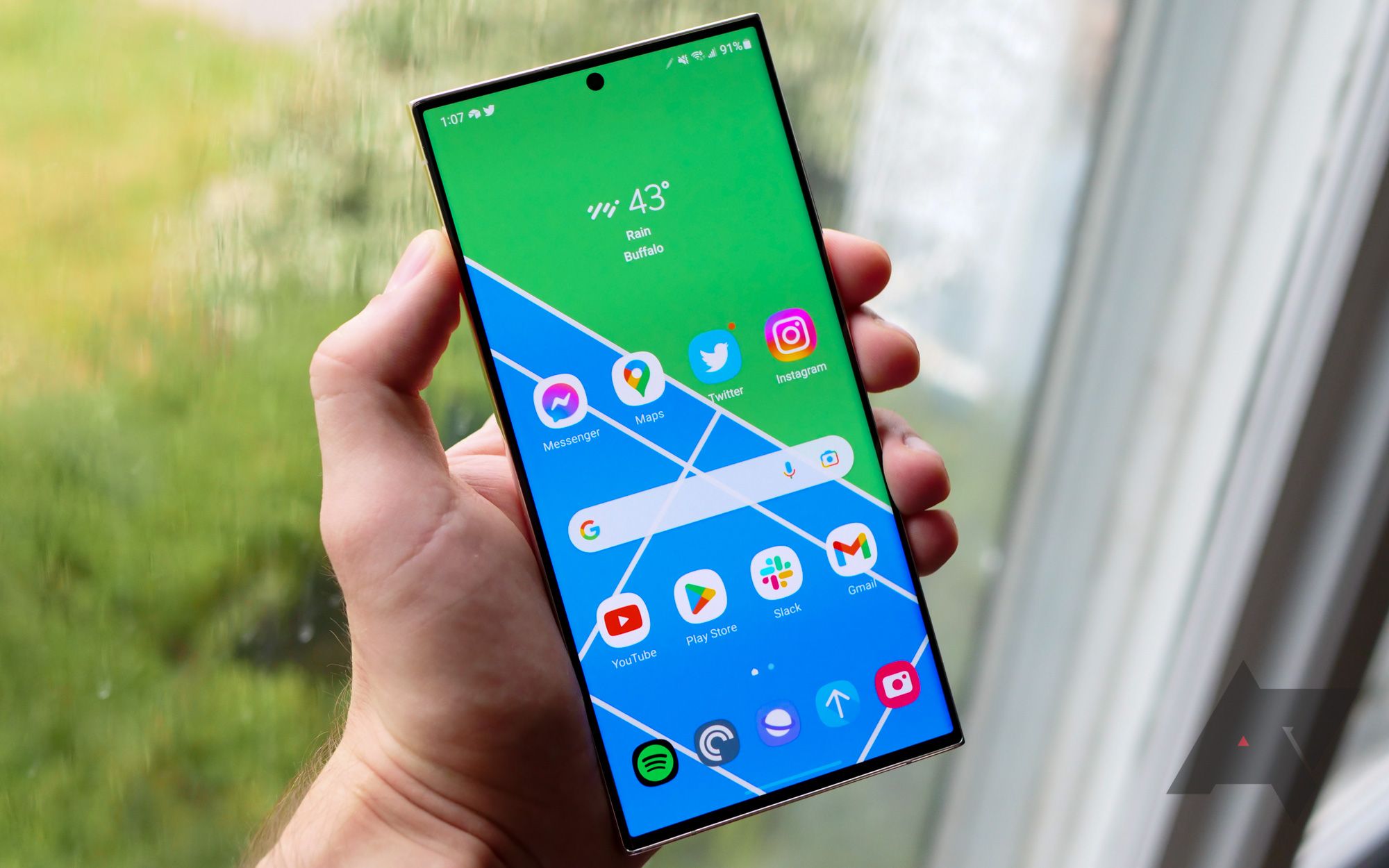
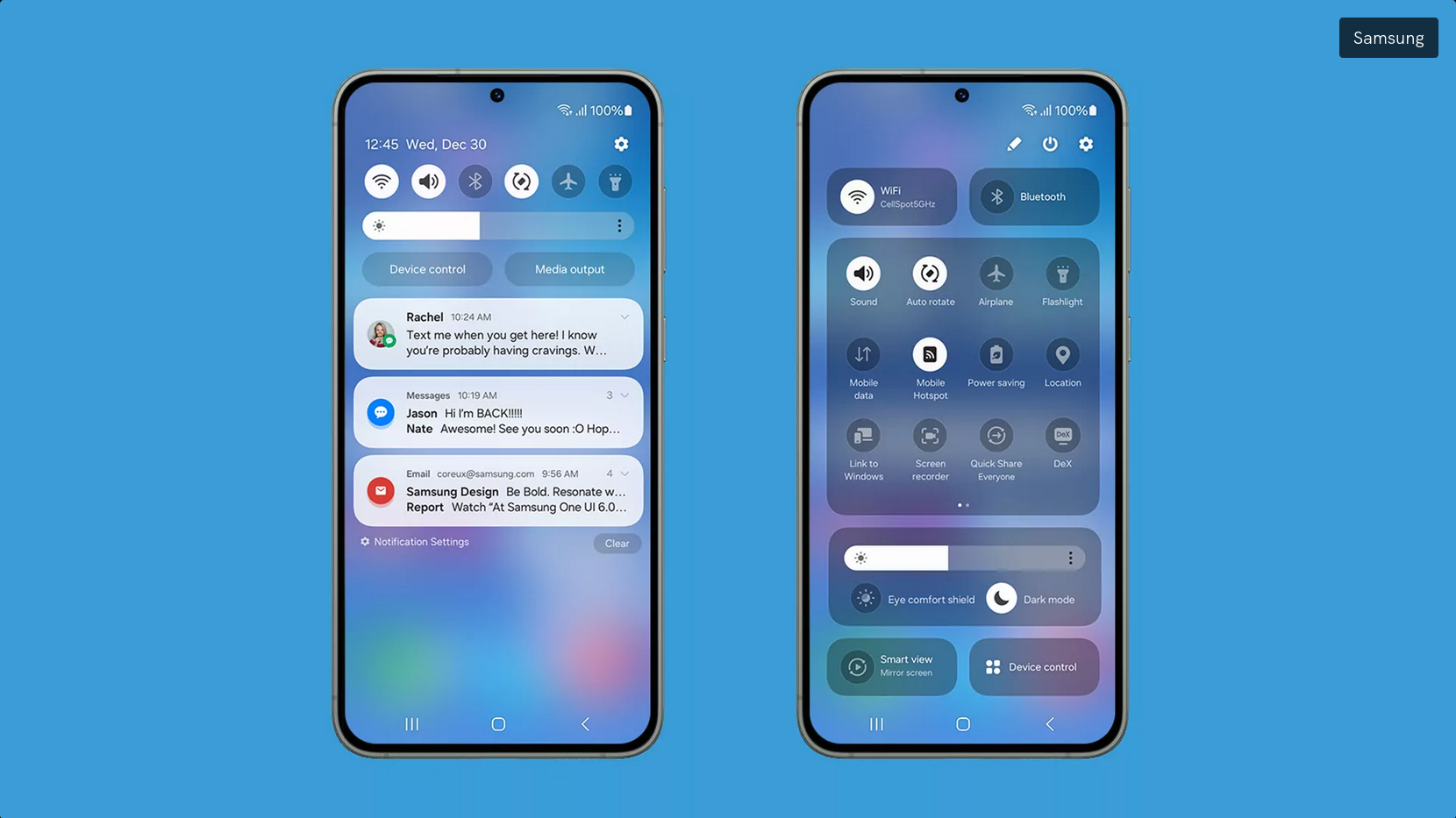
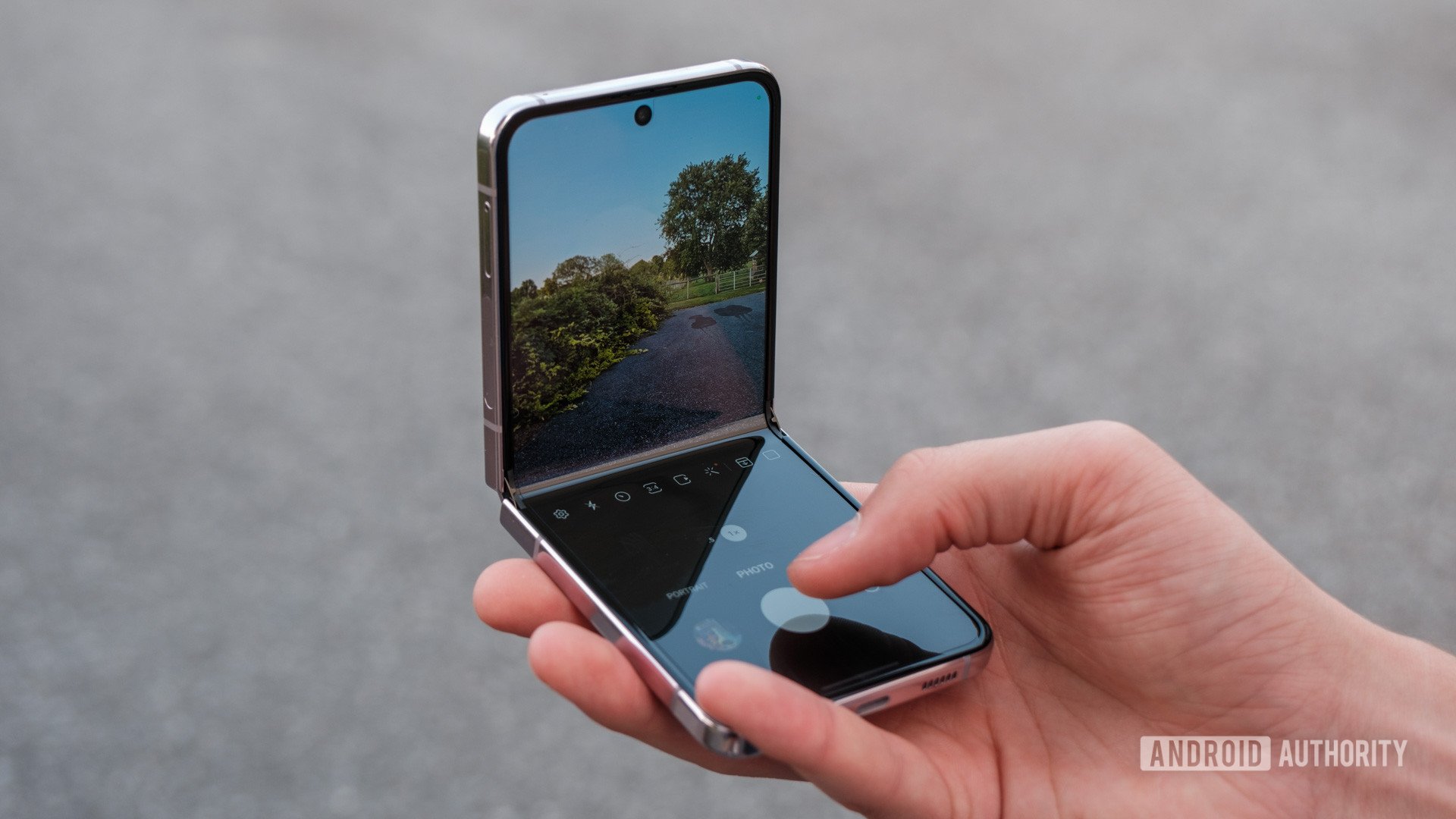
Not sure it counts but nostalgia kicked in and I replayed Chrono Trigger yesterday. Sadly I messed up at the fair in the beginning so I’m soon going to be found guilty in the game 😬